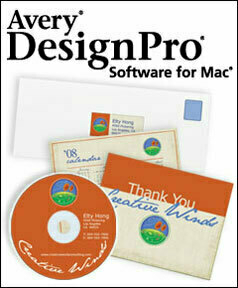I've been thinking lately about news readers. I use NetNewsWire on my Mac and my iPhone. It's a good reader, and I've grown to depend on the automated syncing of my feeds between my desktop and phone. I, like many people, only sync 'must read' items to my iPhone. My Mac client is where I download all of my subscribed feeds.
As an aside, here's how to selectively sync your feeds if you use NetNewsWire. The hard way: You get to these settings by logging into your account (assuming you've created one) at www.newsgator.com. Then you choose 'Settings,' then 'Edit Locations.' From here, you can choose which feeds to track on which platform, among many other options. It takes some work to set up initially, but I find it's useful to only sync selected feeds to my iPhone in the interest of bandwidth. The easier way: Fire up NNW on your iPhone or Touch, then select a feed title. Choose 'Edit.' Then choose 'Delete.' This will bring up an option to unsubscribe from the feed everywhere, or just not sync it to the mobile device. Much simpler.
What I've been thinking about is the creeping tyranny of my feed reader. I've found that I've become quite feed-complacent. I have a large set of feeds that I routinely read, and the feed reader saves me time. That's the purpose of a feed reader, right? But over time, I've found that I don't surf around like I used to.
I tend to prefer my feed reader because it's so fast and easy. The result is that I've been reading the same feeds for quite some time, and I find that I rarely add new feeds these days. As I track a lot of mac-related feeds, I've found that it's a bit of an echo chamber. The same posts appear over and over, and it's relatively rare to find something new that hasn't yet been reported on in ten other places.
It seems to me that I used to find a lot of hidden gems by randomly roaming the web. I don't do that as much these days, but I'm going to start exploring again. The internet is a vast place, so there really isn't a good reason to get complacent.
A good tool to break out of the tyranny of the same-old-feeds is StumbleUpon. If you've never used it, it's worth a look.
The advantage of this service as opposed to, say, random web searching, is that you can select a subset of categories that interest you. Then, when you have a few spare moments and feel like exploring, you click the Stumble button (I use a FireFox toolbar) and are taken to a randomized site that falls somewhere within the range of the site categories that interest you. Sometimes the sites suck. Sometimes the sites are magnificent.
The one thing that is certain is that the service will take you to sites you may have never otherwise encountered. As a blogger, I'm often looking for something new and interesting to comment on, or looking for an interesting site or idea to share. This service is a great idea generator. It's also a good way to enjoy yourself as you explore the web ... and rediscover why it's called the World Wide Web.
So this is a call (to myself, really) to break away from the news reader more often and surf. And it's a call to refresh my feeds more often. There's a lot of content out there waiting to be discovered.
